-
Posts
1126 -
Joined
-
Last visited
Content Type
Profiles
Forums
Events
Blogs
Posts posted by Monstru
-
-
That's the spirit!!!
-
Endless disscutions revolve around many heatsink reviews lately, as the air-cooling technology is getting closer and closer to it's maximum potential. Intel Core i7 proved to be the nightmare of any heatsink company, as the high TDP, large IHS surface and huge transistor count demand state of the art retention systems and flawless heatsink designs in order to keep the beast at safe, comfortable temperature levels. Old testing methods are left behind in the dust, since the new generation of cooling monsters need thorough investigations, unlike nothing we have seen in the past. And while there still are those unable to face the realities of 2010, most of the respectable hardware reviewing sites are changing their testing methodology, with more and more users demanding comprehensive testing on modern platforms.
A new king is born, one like nothing we have seen before. From pasive cooling to extreme TDP experiments, the new monster is challenging his competitors, in a fight where only the best can survive. With the shadow of the new colossus showing up in the distance, the argument regarding how heatsinks should be tested is once again in every enthusiasts mind. Should we use a more scientifical approach, or should we stick with real life conditions? Should we test in open-stand, or in case? Should we test on LGA 775 quad-cores, or on the monstruous Nehalem? Should we use a low, medium or high TDP? Should we use low, medium or high rpm fans? Should we test with stock fans or reference ones?
What if I tell you that we can do ALL those stated above, and much more? Establishing the new air-cooling champion is no easy task, and my colleague Poparamiro was caught in the lab for the last 3 months, trying to do exactly this. Also, he tried to see why some Thermalright IFX 14 reviews showed great performance, while others were showing numbers not even suitable for a Thermalright product. And if IFX 14 puts us in this dillema, what's up with the twin tower architecture? How does NH-D14 compare to IFX14 and Asus Triton 88? How do they all compare to the ex air-cooling king, Prolimatech Megahalems / Megashadow?
See the epic battle of the titans in this grueling test, on 2 platforms (LGA 775 and LGA 1366), in case and on the open stand, from fanless to 6000 rpm, from low TDP good for silent computing up to a whooping 4400MHz / 1.6v vCore / 1.65v vQPI Nehalem. And if you do not like reading 65 pages with Google Translator, I am sure that the armada of graphs will be more then enough to answer any question left unanswered in this territory.
A comprehensive study regarding the twin tower architecture - Noctua NH-D14 vs Thermalright IFX14, Asus Triton 88 and Prolimatech Megashadow, with fanless bonus vs Z600 and extreme TDP bonus vs TRUE Copper @ lab501 | Google Translator required
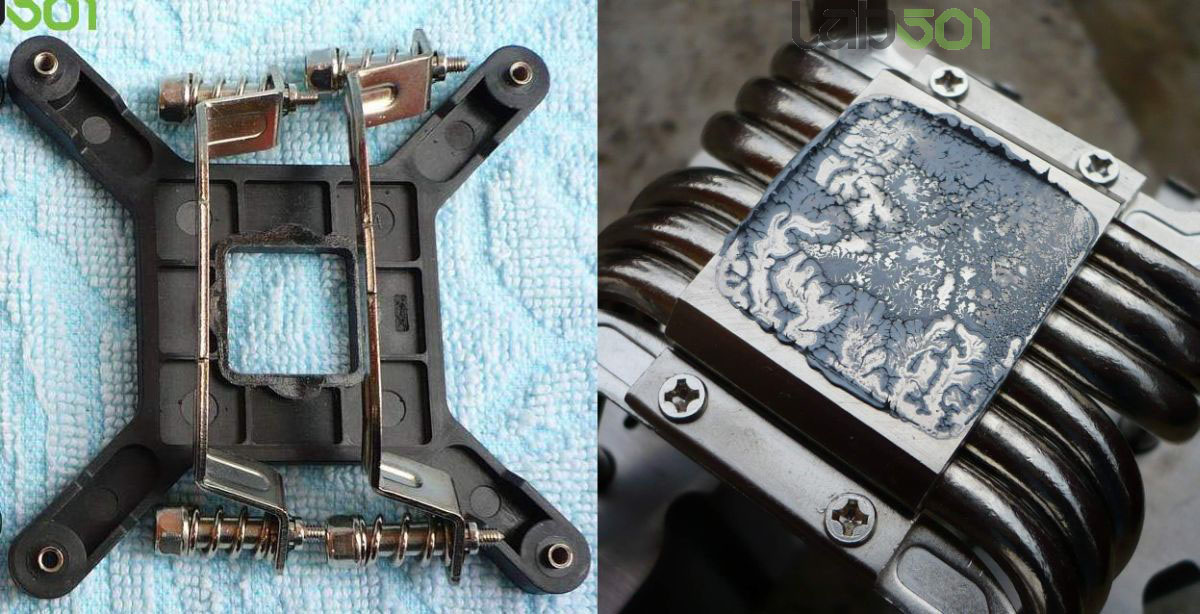
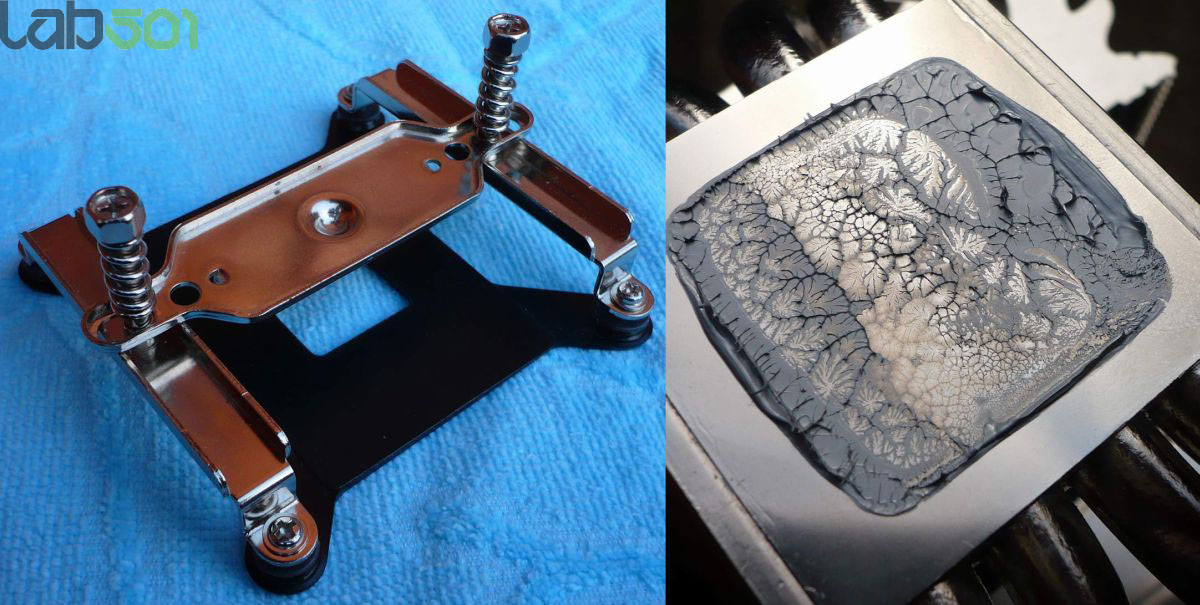
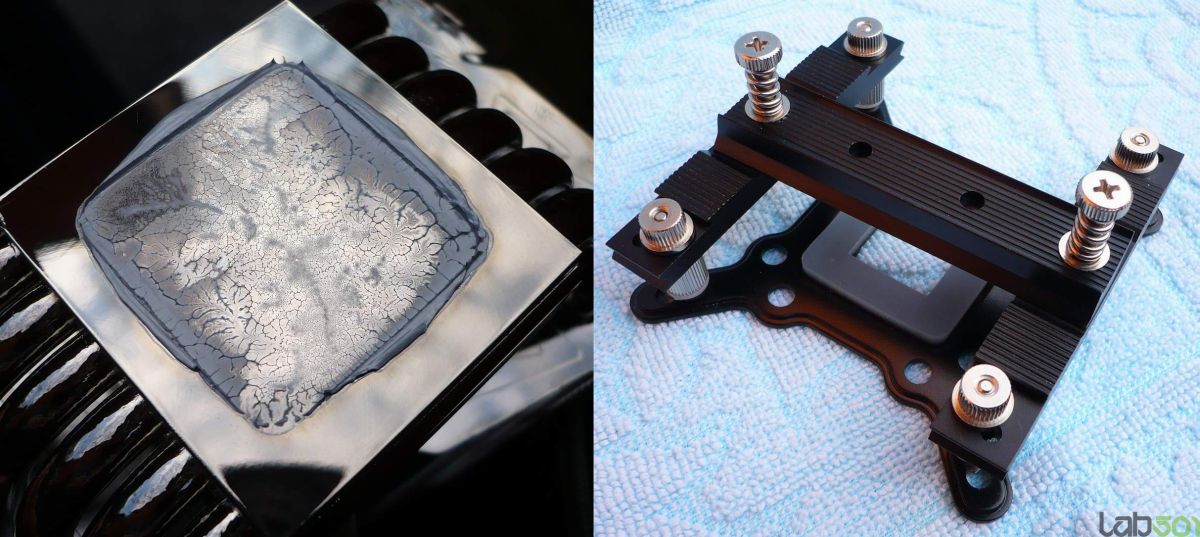
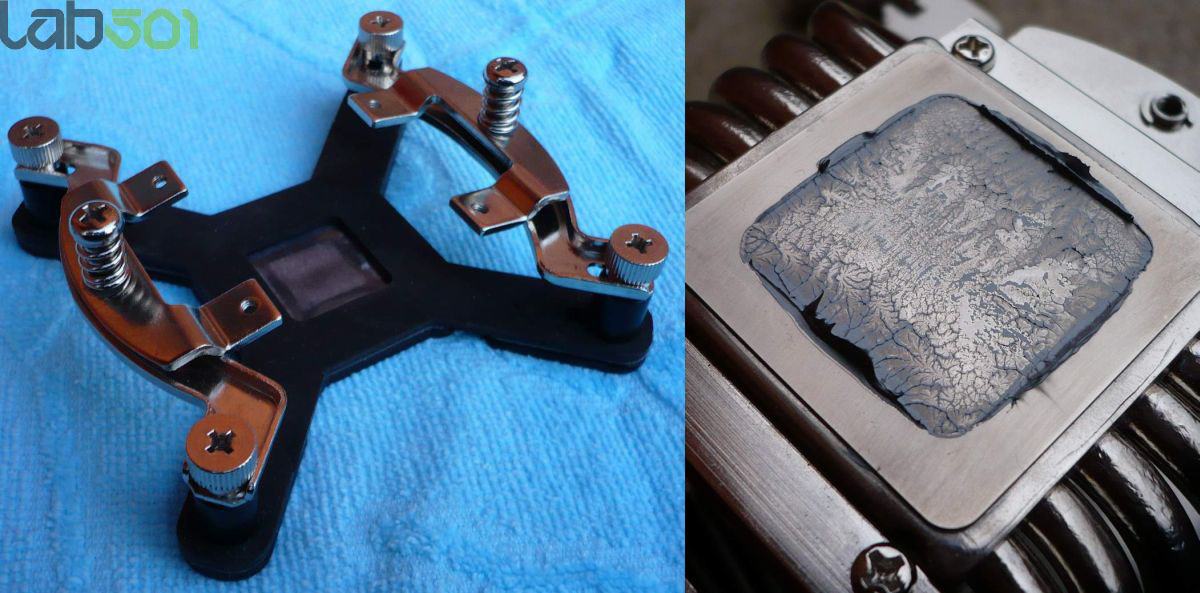
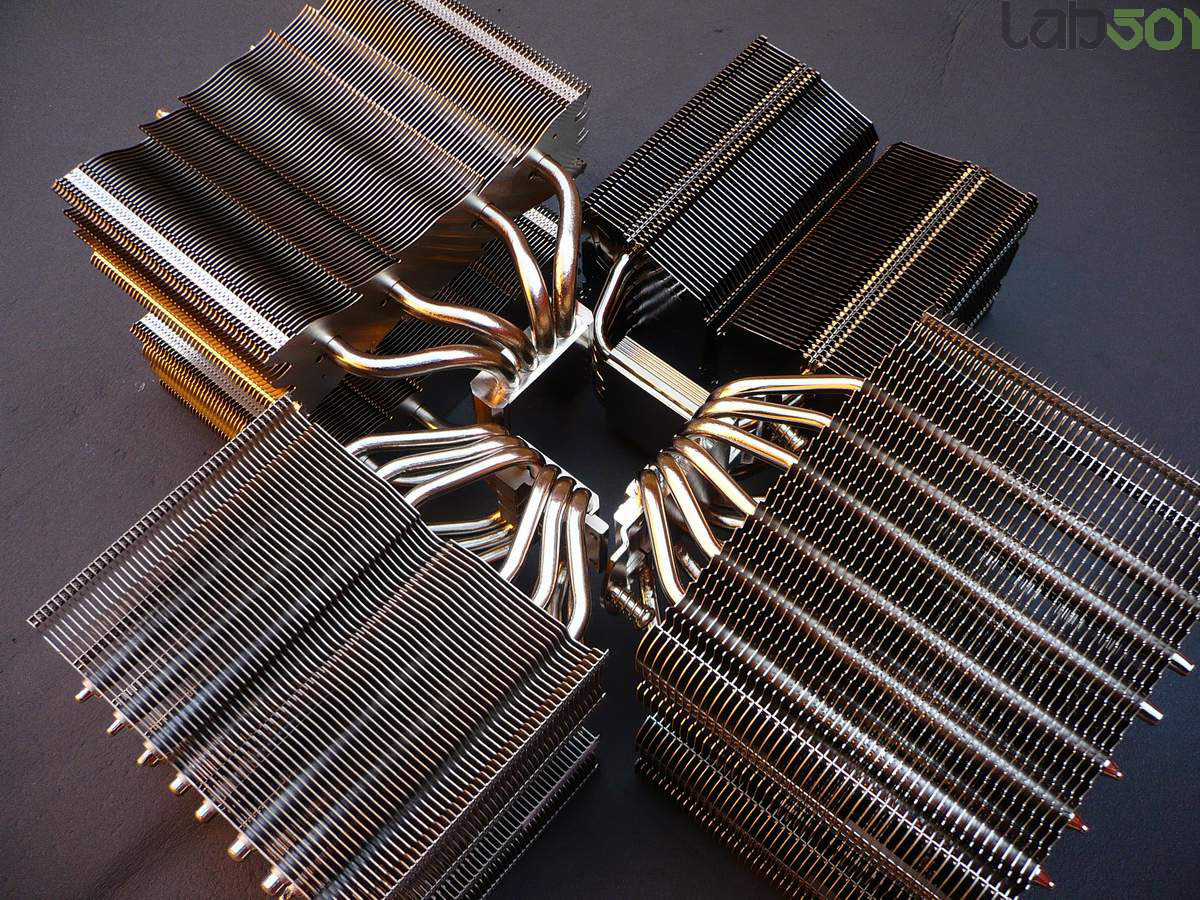
-
CPU matters a bit more in GT1, Pieter

-
Once again Turrican and Gradus show us why they are the hardware kings. Great work guys, and congrats to all those who worked hard for this competition, you all deserve it!
-
Not valid for sure, even if FM approves it

-
Great work guys!
-
Happy B-Day bro!!!
-
Bill, go HIGHER under cold bro, c'mon

-
Disappoiting? It sucks big times!!! I think this kit is very good for low price/loose timings/low volts/very high stable clocks, but it has nothing in common with tight timings. In other words, good for 2k3/2k5/2k6/Vantage/WPrime/daily use, bad for SuperPi. PiFast, etc.
-
CL7 validation - DDR3-2106 @ 7-8-7-21 1T @ 1.75v
But enough validations, now let's get down to some stability testing. As you may know, Elpida BBSE rev B does not scale very good with voltage. The best results for MemTest were done with 1.70 vDDR. You can check out the set-up and the settings used in the table bellow.
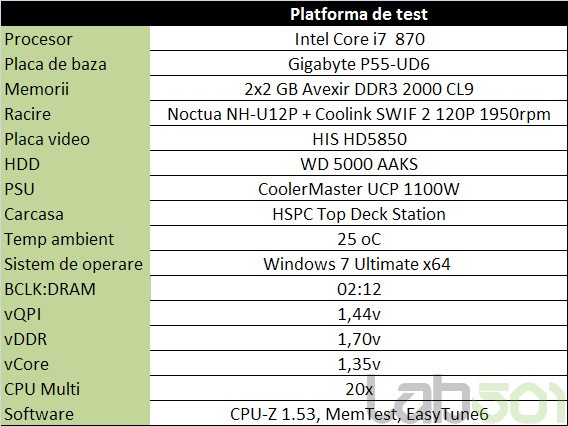
Using 1.70 vDDR, 2:12 and CR1, I tried to find the best stable clocks for 7-8-7-21, 8-9-8-24 and 9-9-9-24. Anything over 1.70v would results in MemTest errors. For CL7 tests, I had to lower the vQPI a little bit for the same reason.
Ok, it is very obvious that these are no CL7 wonders, the IC's are just not suited for that kind of use. However, this kit gets some awesome CL8 and CL9 clocks, and I think that DDR3 2233 9-9-9-24 1T @ 1.70v is a very good deal for this price range.
DDR3-1872 @ 7-8-7-21 1T @ 1.70v

DDR3-2100 @ 8-9-8-24 1T @ 1.70v
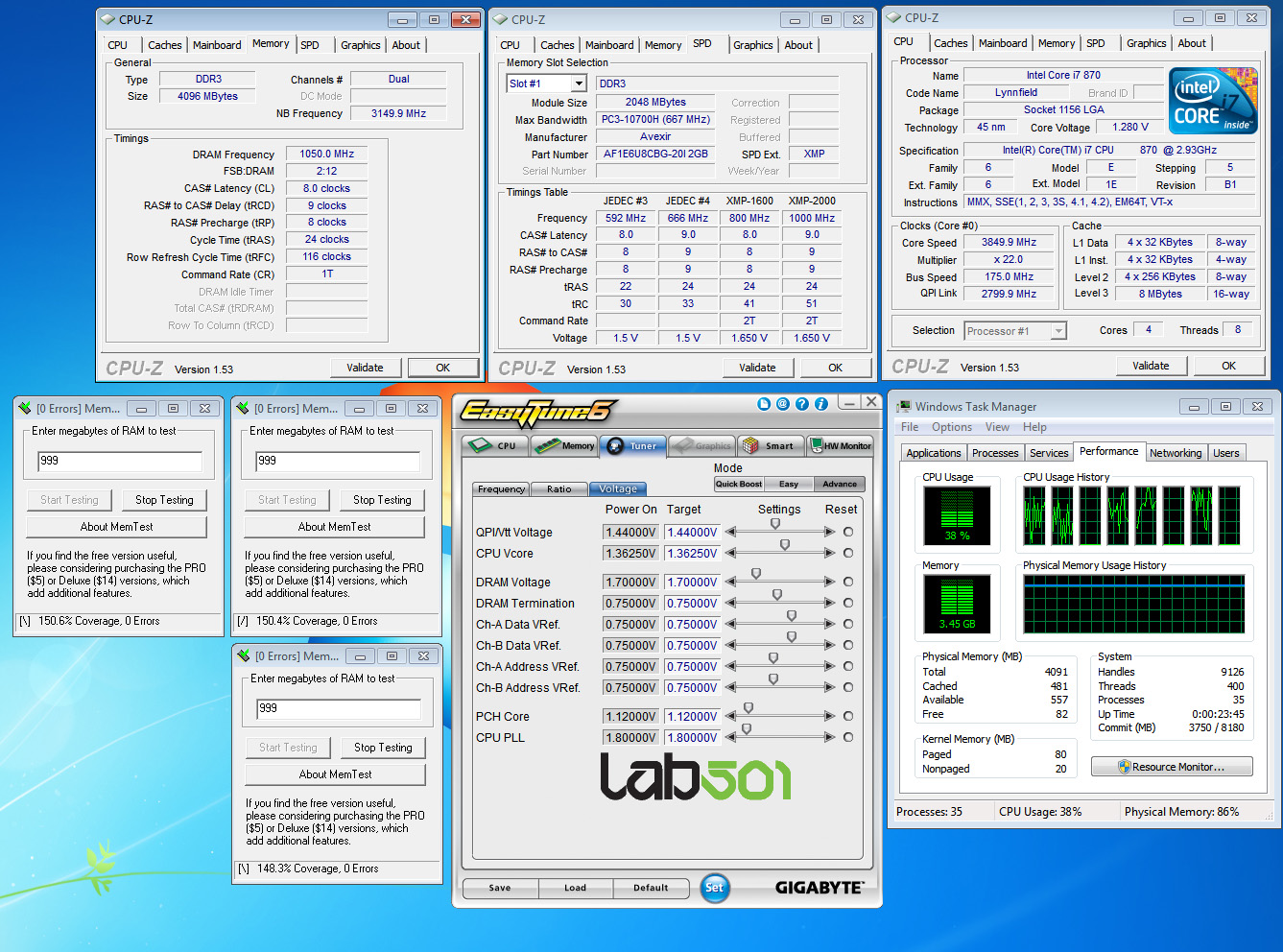
DDR3-2233 @ 9-9-9-24 1T @ 1.70v
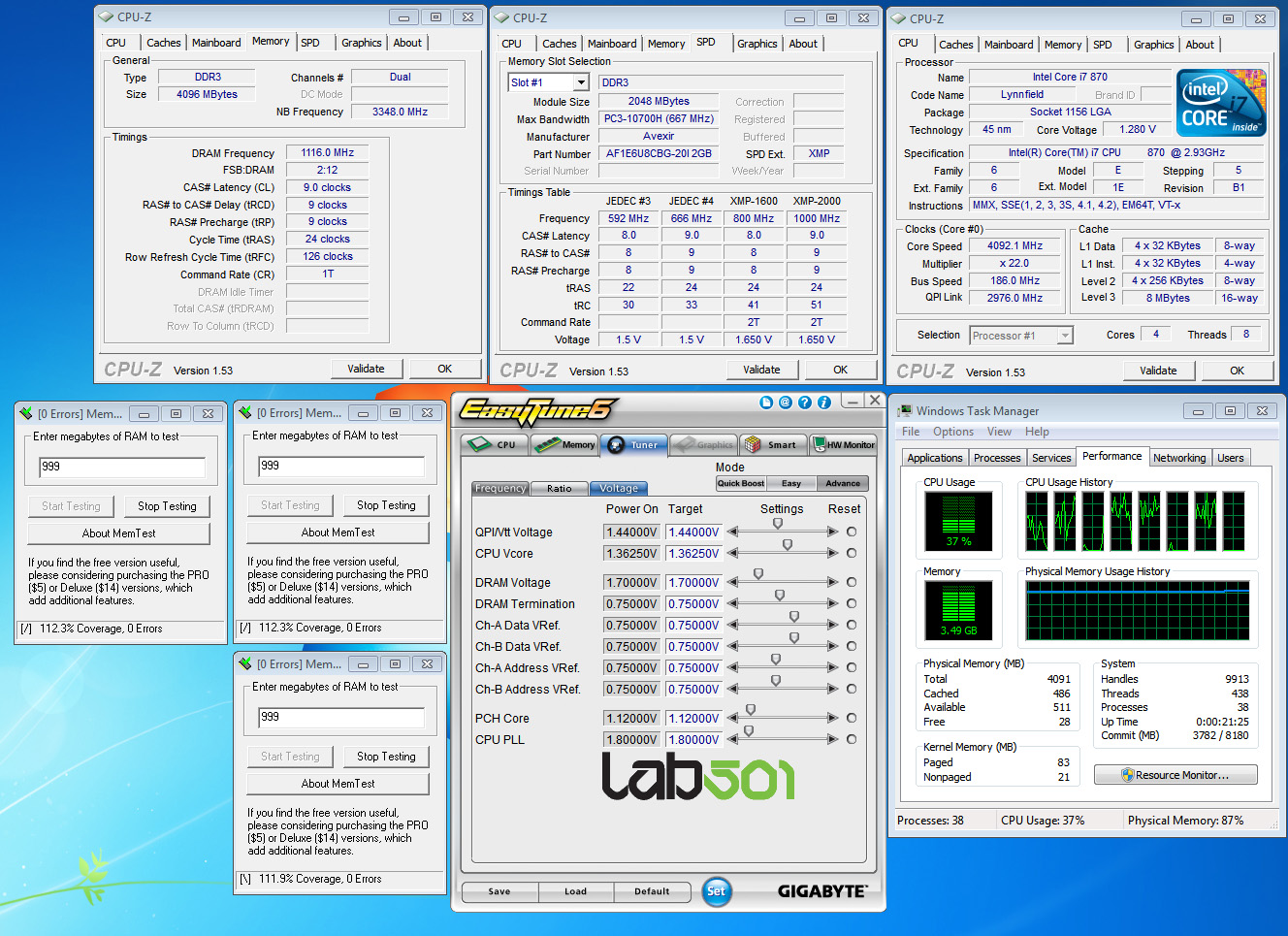
-
That happens to in most cases, I have also seen first place with silver medal.
-
Or HTPC material

-
HD 5670 vs GT 240 @ lab501.ro (romanian) - english translation (Google Translate )
http://www.hardwarezone.com/articles/view.php?cid=3&id=3109
http://www.hardwareheaven.com/reviews.php?reviewid=915
http://www.guru3d.com/article/radeon-hd-5670-review-test-crossfire/
http://www.hexus.net/content/item.php?item=21916
http://hothardware.com/Articles/ATI-Radeon-HD-5670-DX11-For-Under-100/
http://www.computerbase.de/artikel/hardware/grafikkarten/2010/test_ati_radeon_hd_5670/
http://benchmarkreviews.com/index.php?option=com_content&task=view&id=441&Itemid=72
http://anandtech.com/video/showdoc.aspx?i=3720
http://techreport.com/articles.x/18288
http://www.neoseeker.com/Articles/Hardware/Reviews/hd5670launch/
-
-
Sorry to hear that. RIP

-
i3 and i5 yes, they are retail since today. Gulftown only for WR, not for points untill launch date (Q2 2010). So you can submit with i3 or i5 and get points, because the hardware was officialy launched today, but you can only submit with Gulftown for the WR page, since it will not get points untill it's official launch date.
-
They are retail as of today.
-
There are many people with this situation. They get the
3Dmark 2003 GeForce4 MX 4000 64-bit rank: not guppster's best 3Dmark 2003 GeForce4 MX 4000 64-bit submission, only best is ranked.3Dmark 2003 GeForce4 MX 4000 64-bit rank: not Dan Jacques's best 3Dmark 2003 GeForce4 MX 4000 64-bit submission, only best is ranked.
message but they do not have other results with that specific hardware.
Here are the examples:
-
Same here...
-
BUG - I see a lot of forums post that contain nothing, created after someone posted a comment on the site. The comment should also be on the forum, no?
-
They probably got lost when updating to HWB rev3.
-
I repeat, if that helps people understand, I will delete that score myself. There will not be much global points for it in Rev 3 anyway, I just like to keep it as a souvenir

-
Mind the language...
We have this policy to allow results that are not out of the ordinary for the specific settings even if they are mising some tab or something like that. I we would NOT have that policy, half of the results on HWBot would be gone.
Yes I did not click the details button, I considered that a shit result and I didn't think it would last in Lynnfield top more then 1-2 weeks. If my results offends anyone so much, I can delete it.
-
- Not top20 result
- Not out of the ordinary performance for the specific settings.
- Not directed to other people then the HWB Staff (this thread)


Massman - GeForce GTX 275 @ 1375/1435MHz - 20460 marks 3DMark Vantage - Performance
in Result Discussions
Posted
What is so impposible about this result? He has an enormous GPU clock... Please pay more attention next time Emanuel...